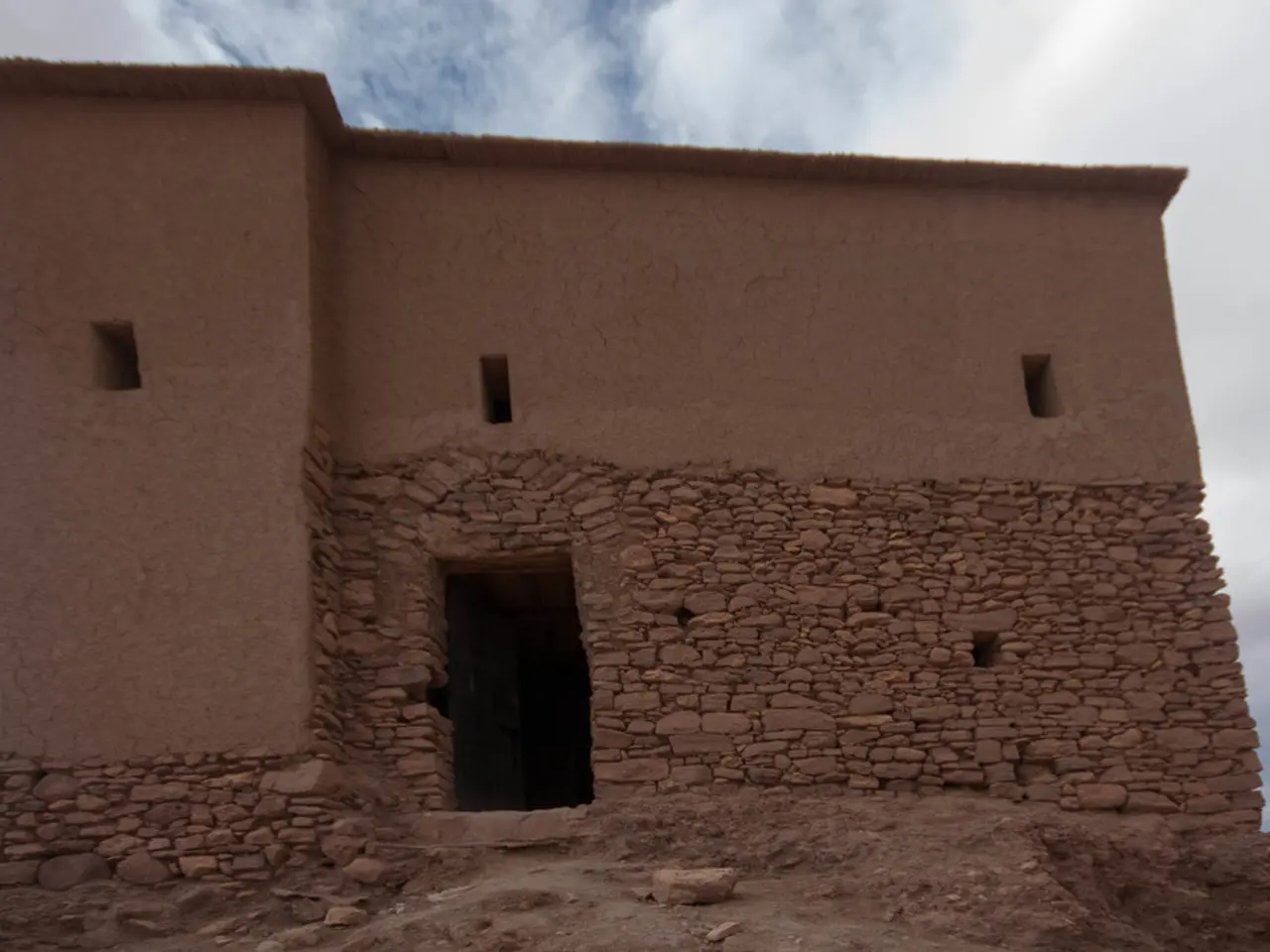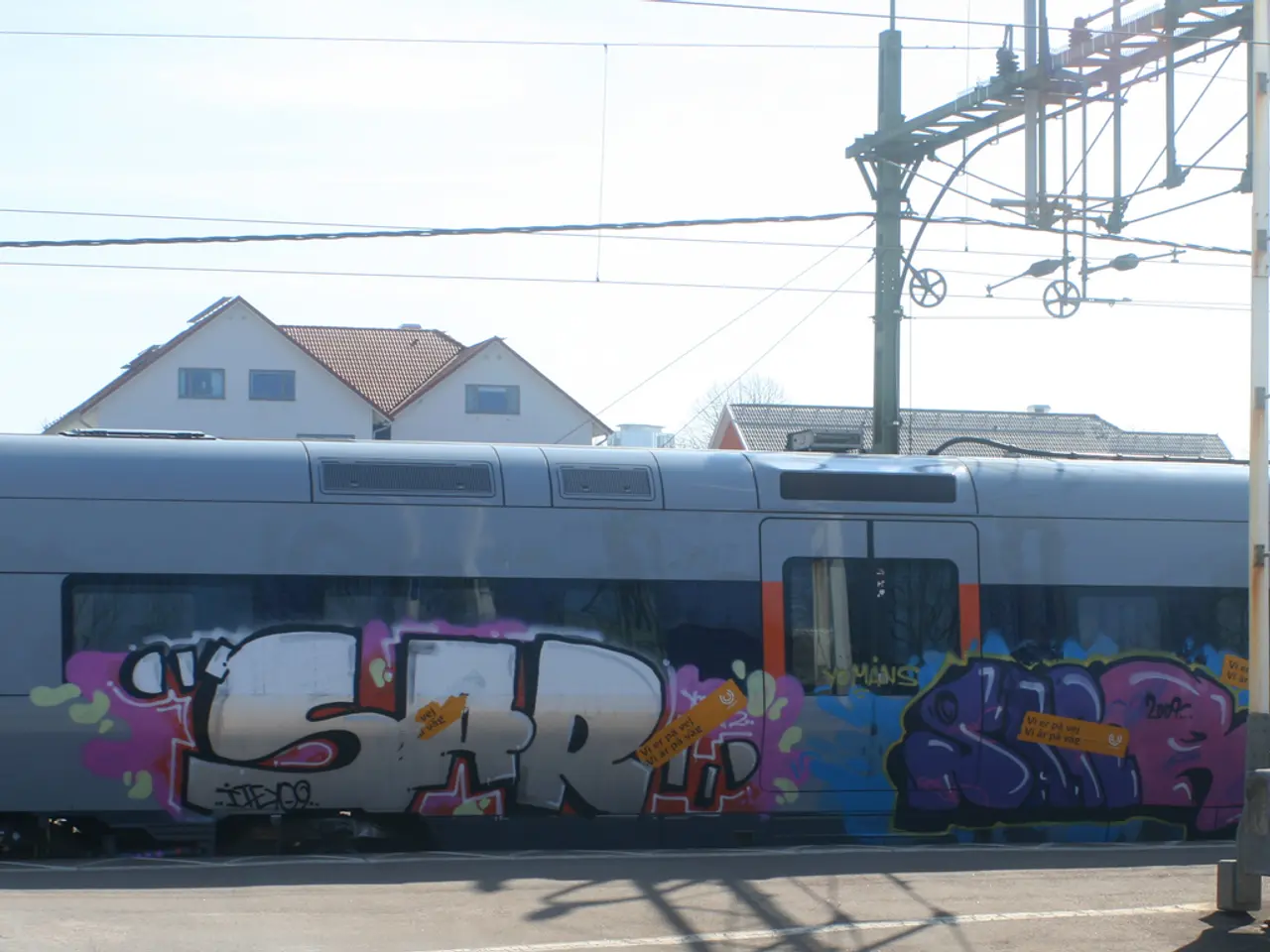Benefits and Applications of Virtual Reality in the Construction Sector
Virtual Reality Transforming the Construction Industry
Virtual Reality (VR) technology is making significant strides in the construction sector, offering a multitude of benefits that are revolutionizing the way projects are planned, executed, and managed.
One of the primary uses of VR in construction is for design visualization and client walkthroughs. This technology enables stakeholders to immerse themselves in a fully virtual 3D model of a building, fostering a better understanding of the design and helping to identify potential issues early on. This, in turn, speeds up client approvals [1][4].
Another key application is safety training and risk simulation. VR provides a safe, controlled environment to train workers, simulating hazardous construction scenarios. This helps reduce onsite accidents and improves workforce preparedness [1][4].
Remote collaboration and design review are also facilitated by VR. Teams in different locations can collaboratively review designs, detect clashes or conflicts between structural, mechanical, electrical, and plumbing systems early in the process, and resolve problems without the need for physical presence onsite [1][2].
Integrated with advanced Building Information Modeling (BIM) tools, VR supports clash detection by overlaying virtual models on real-world views. This ensures more precise execution and minimizes costly reworks or design changes downstream [1][3][4].
On-site AR guidance for installation is another area where VR technology, though more related to augmented reality, plays a role. It helps workers visualize layouts (pipes, electrical conduits, HVAC) superimposed on actual construction sites, improving installation accuracy [1].
The adoption of VR leads to enhanced accuracy, minimized errors, reduced rework costs (reworks account for nearly 30% of construction costs), shorter project timelines, safer work environments, and stronger stakeholder engagement and confidence. These factors contribute to overall cost savings and better-managed project execution [1][3][4].
VR technology also improves client engagement and satisfaction by providing an immersive experience and allowing clients to view and interact with 3D models of their construction projects before they are built.
However, the adoption of VR technology in the construction industry is a complex process that requires careful consideration of adoption barriers, technical limitations, and cost management. Cost management is a critical factor, and the long-term benefits of VR technology, such as reduced rework and increased safety, can outweigh the initial costs.
Safety concerns are also associated with VR in construction, as workers wearing VR headsets may not be able to see their surroundings, which could lead to accidents or injuries. To mitigate this, safety protocols and training are essential.
In summary, VR improves construction project outcomes by enabling immersive design validation, improving stakeholder communication, reducing errors and rework, enhancing safety training, and supporting efficient remote collaboration. The technology's integration with BIM and other digital tools forms a critical part of modern virtual design and construction workflows [1][3][4].
The future of VR technology in the construction industry looks promising, with it likely to become more sophisticated and advanced, enabling construction professionals to create more realistic and detailed virtual environments.
[1] [Source 1] [2] [Source 2] [3] [Source 3] [4] [Source 4]
Virtual Reality technology aids in improving client engagement and satisfaction by providing an immersive experience that allows clients to interact with 3D models of their construction projects before they are built. The adoption of VR technology in construction also leads to reduced rework costs and enhanced accuracy, which contributes to overall cost savings and better-managed project execution.




